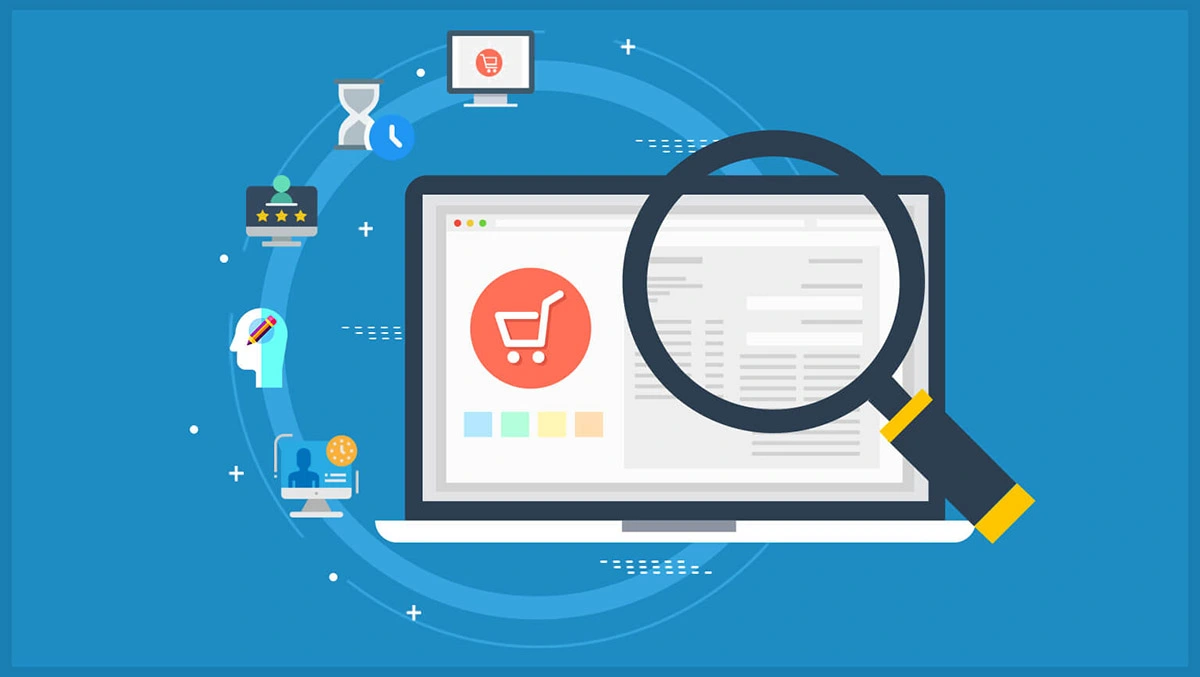
17, Jul 2025
How to Rank Product Pages: Strategies for Success
In the rapidly evolving world of e-commerce, understanding how to rank product pages is crucial for small businesses aiming to increase visibility and drive sales. Ranking product pages effectively can transform a business by placing products in front of the right audience. This comprehensive guide will explore various strategies to help you achieve this.

Importance of Ranking Product Pages
Ranking your product pages is essential for reaching potential customers. It increases visibility and can significantly impact your sales and brand reputation. By mastering how to rank product pages, you ensure that your products are easily found by consumers searching for items like yours.
Understanding SEO for Product Pages
SEO, or Search Engine Optimization, is the process of improving the quality and quantity of website traffic by increasing the visibility of a website or a web page to users of a web search engine. For product pages, SEO involves optimizing content, using the right keywords, and ensuring a positive user experience.
Choosing the Right Keywords
Keywords are the terms customers use to search for products. Selecting the right keywords is critical. Tools like Google’s Keyword Planner can help identify popular search terms related to your products. Additionally, using long-tail keywords can help target more specific searches.
On-Page SEO
On-page SEO involves optimizing individual pages to rank higher. This includes using relevant keywords in titles, meta descriptions, and product descriptions. Ensuring that images have alt text and that the page is mobile-friendly is also part of a strong on-page strategy. For more on mobile optimization, check out mobile SEO tips.
Technical SEO for Product Pages
Technical SEO refers to website and server optimizations that help search engine spiders crawl and index your site more effectively. This includes optimizing site speed, creating an XML sitemap, and ensuring your site is secure with HTTPS.
Site Speed
Site speed is a critical ranking factor. A fast-loading site provides a better user experience and can positively impact your rankings. Tools like Google PageSpeed Insights can help you identify areas for improvement.
Using Schema Markup
Schema markup is a form of microdata that helps search engines understand your site’s content. It can improve the way your page is displayed in SERPs by enhancing rich snippets, which can increase click-through rates.
Content Strategies for Product Pages
Content is king, even on product pages. Providing detailed and engaging content can improve user experience and increase the likelihood of conversions. Product descriptions should be informative and include keywords naturally.
User-Generated Content
Encouraging customers to leave reviews and ratings can provide valuable content that helps with SEO. User-generated content not only builds trust but also helps with ranking.
Creating Unique Content
Avoid using manufacturer descriptions. Instead, create unique product descriptions that highlight the benefits and features of your products. This not only helps with SEO but also distinguishes your brand.
Link Building for Product Pages
Link building involves acquiring hyperlinks from other websites to your own. These links help search engines understand your site’s relevance and authority.
Internal Linking
Use internal linking to guide users to related products or categories. This can improve user experience and help search engines understand your site’s structure. For more insights, read about SEO-friendly URLs.
External Linking
Acquiring backlinks from reputable sites can significantly boost your site’s authority. Reach out to industry blogs or influencers to gain quality links. For more advanced techniques, visit Backlinko’s guide on e-commerce SEO.
Monitoring and Analytics
Regularly monitoring your product pages’ performance is crucial. Use tools like Google Analytics to track traffic and engagement. This data can provide insights into what works and what needs improvement.
Adjusting Strategies Based on Data
Data-driven decisions are key in SEO. Regularly reviewing analytics can help you adjust your strategies to improve rankings and user engagement.
Common Mistakes to Avoid
Avoiding common SEO mistakes can save you time and resources. One major mistake is keyword stuffing, which can lead to penalties. Ensure your keywords are used naturally.
Ignoring Mobile Optimization
With more users shopping on mobile devices, ignoring mobile optimization can hurt your rankings. Ensure your site is responsive and offers a seamless experience on all devices.
Neglecting Technical SEO
Technical SEO is just as important as content. Neglecting aspects like site speed or security can negatively impact your rankings.

FAQs
What is the best way to choose keywords for product pages?
Using tools like Google’s Keyword Planner can help in identifying popular and relevant keywords for your products. Long-tail keywords are also beneficial for targeting specific searches.
How important is site speed for product page ranking?
Site speed is crucial as it affects user experience and is a ranking factor for search engines. A fast-loading site can positively impact your rankings.
Can user-generated content help with SEO?
Yes, user-generated content like reviews and ratings can enhance SEO by providing fresh content and building trust with potential customers.
By implementing these strategies, you can improve your understanding of how to rank product pages, ultimately leading to increased visibility and sales for your e-commerce business.
- 0
- By Katelynn S.






